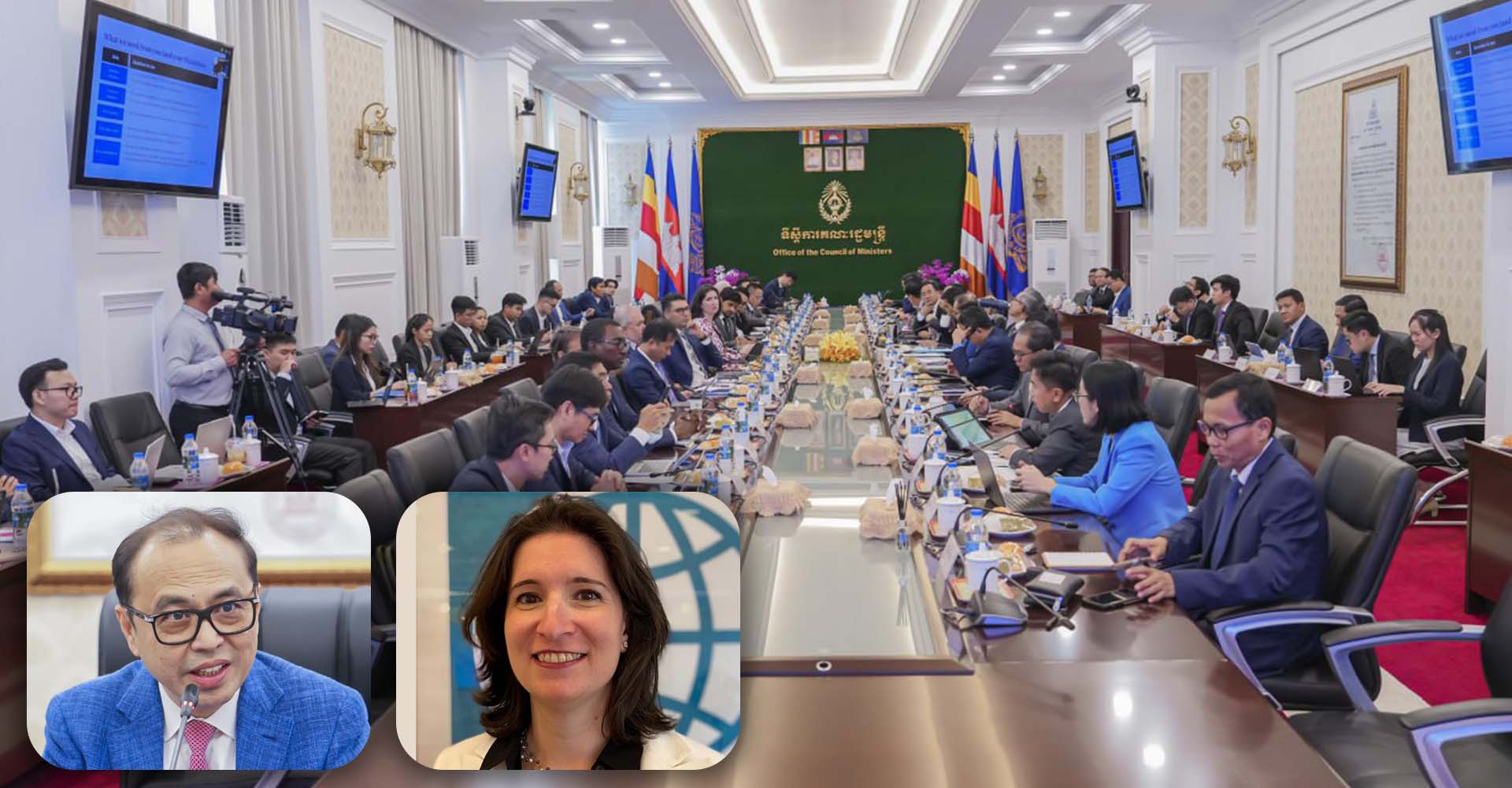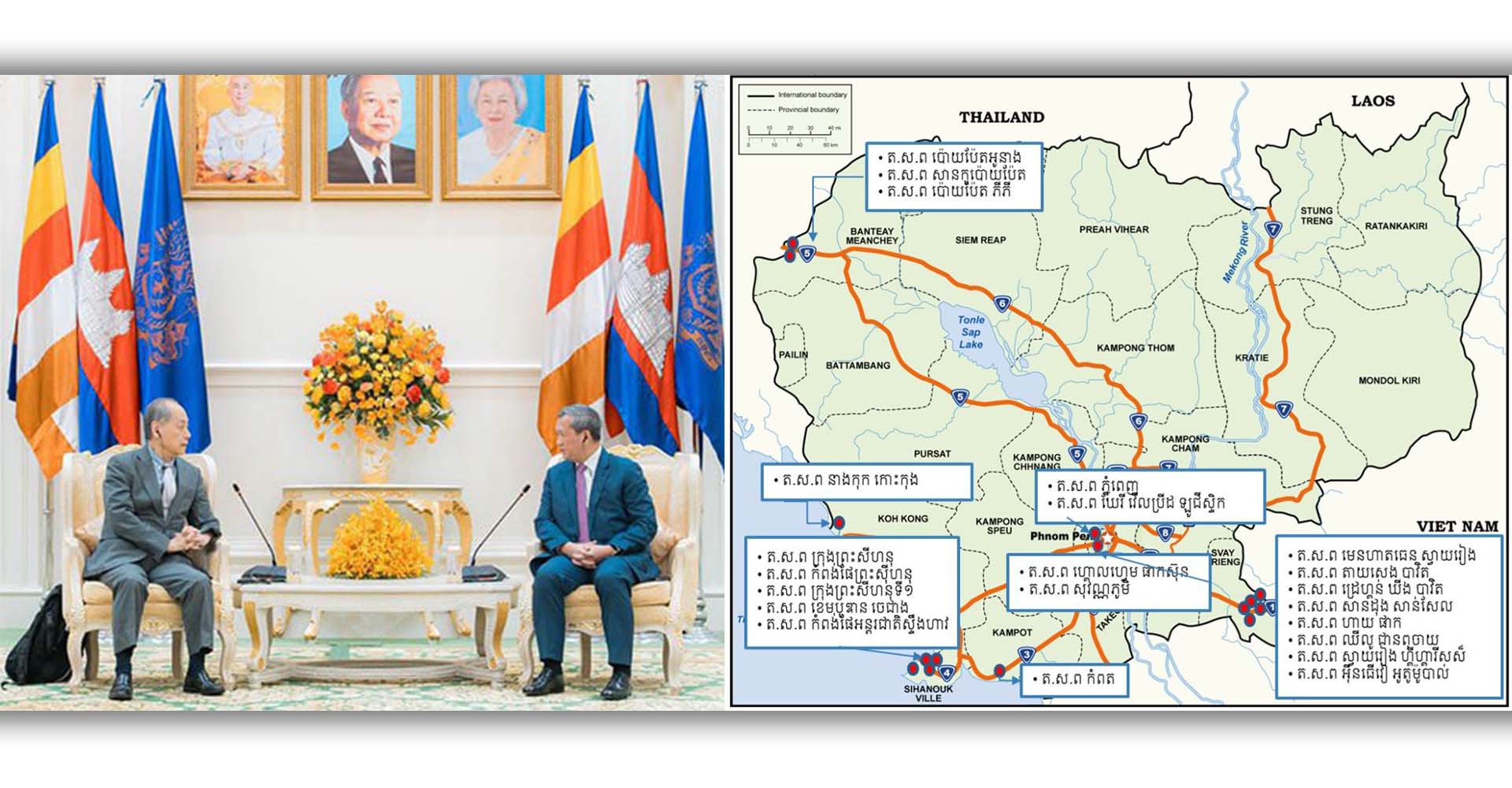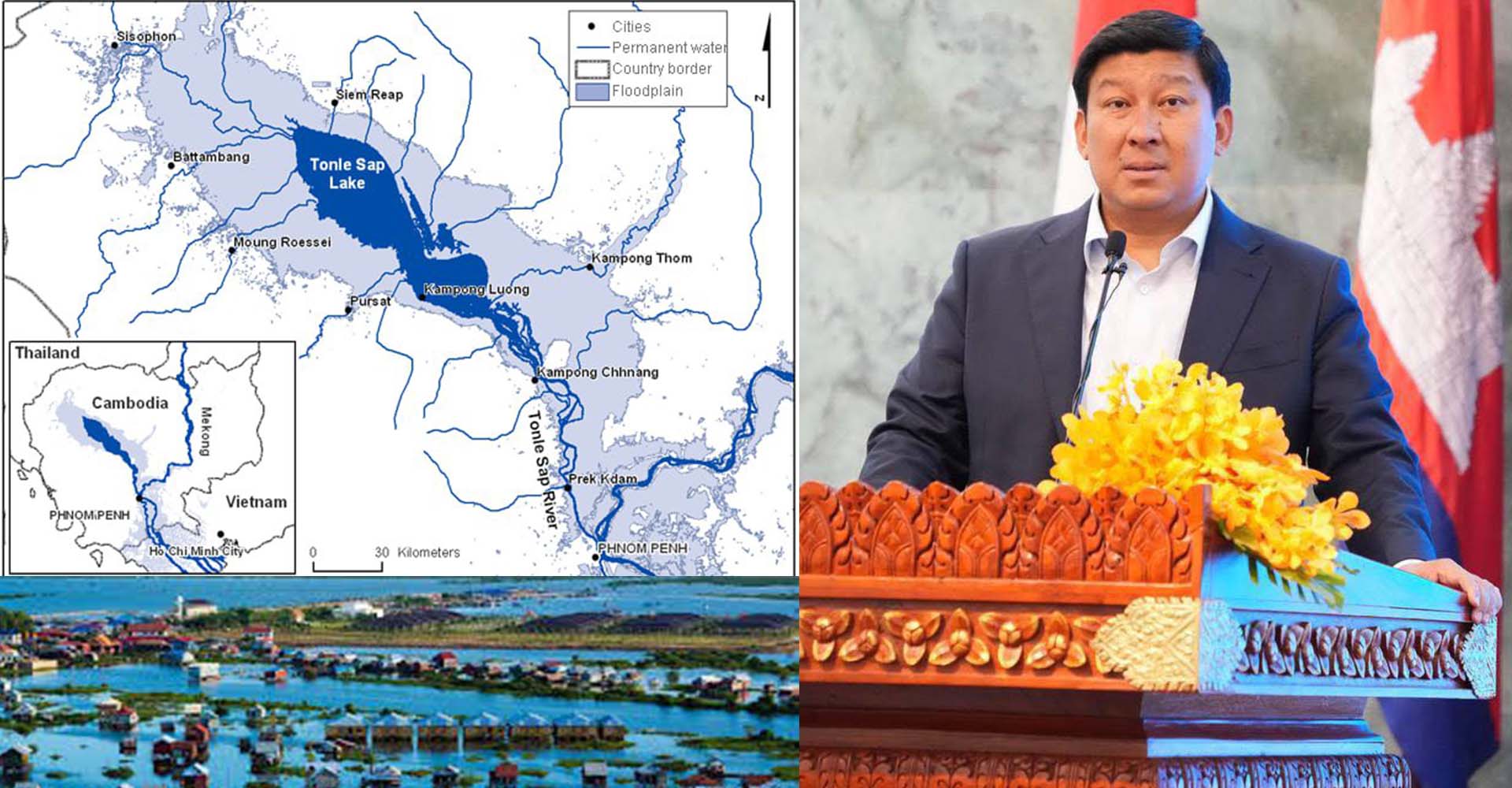Phnom Penh: Cambodia vaulted to second place in the latest edition of Nikkei’s COVID-19 Recovery Index, from 22nd in December, after the Southeast Asian nation declared it would start to live with coronavirus about three months ago.
The Philippines, on the other hand, slipped 45 places to 104th after the omicron variant drove an explosion in cases, though its outlook may be brightening as infections drop.


-->
The index assesses countries and regions on infection management, vaccine rollouts and social mobility. The higher the ranking, the closer a place is to recovery, characterized by fewer infections, bigger inoculation rates and less-strict social distancing measures. The latest ranking reflects conditions up to the end of January.
Cambodia has been steadily climbing the ladder in recent months. It recorded fewer than 1,000 cases in January and saw no COVID deaths for a month.

The country’s early success in managing the coronavirus — with under 500 reported cases and no deaths one year into the pandemic — was upended by a major outbreak that started in February 2021. That continued for much of last year and strained the underfunded public health system, triggering widespread lockdowns.
Nevertheless, Cambodia pressed ahead with its inoculation drive, relying mainly on Chinese-made vaccines. By November, it had surpassed its vaccination target, prompting Prime Minister Hun Sen to order a full reopening. Later that month, Cambodia became one of the first members of the Association of Southeast Asian Nations to exempt fully vaccinated travelers from quarantine.
According to a World Health Organization report dated Jan. 24, 98.5% of Cambodia’s adults and 96.8% of children aged 5 or above had received two doses, while nearly half the adult population had been given a booster shot as well. The same report said about 85% of the 43.5 million vaccine doses the country had received were purchased from or donated by China.

Some studies elsewhere have raised concerns about Chinese vaccines’ performance against variants like omicron. And Cambodia has recorded just over 1,000 cases of the new variant so far, according to one local media report.
Still, in contrast, the Philippines has only managed to fully vaccinate 53% of its total population, with less than 7% receiving boosters by the end of January, according to the statistics website Our World in Data.
The highly transmissible omicron variant hit the Philippines hard, at least in terms of case numbers. The daily count surged to a record 39,004 on Jan. 15, from as low as 168 on Dec. 21. Omicron overwhelmed testing centers, with nearly half of samples coming in positive at one point.
But the outbreak has since eased and officials say most cases are mild. On Thursday, daily infections dropped to over 8,700. The country is set to start vaccinating children aged 5 to 11 on Monday, expanding its inoculation drive. And following in Cambodia’s footsteps, the Philippines will start accepting fully vaccinated foreign tourists from 157 countries next Thursday, without insisting on a quarantine period.
Based on their higher positions in the index, other Asia-Pacific countries making similar reopening moves look more ready to do so.
Thailand, which restarted its quarantine-free entry program on Tuesday, jumped 11 spots to 19th in the latest ranking. New Zealand, at 12th, also announced a phased reopening on Thursday.
Vietnam, which is still struggling with high levels of infections, is beginning to make a comeback, rising 28 places to 90th. It too is moving toward coexisting with the virus, having eased reentry rules for overseas nationals and foreign workers late last month.
Source: Nikkei



















